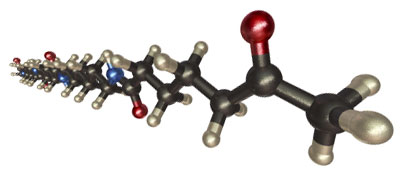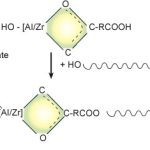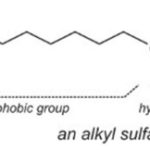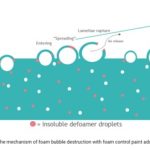Guest blog post by Jeremy Pasatta, Advanced Polymer Coatings High performance thermoset coatings are used in a variety of applications, from marine to protective and industrial applications. One of the key components for success of these coatings is adhesion to a variety of substrates, which is facilitated using adhesion promoters. These specialized chemicals play a pivotal ... [Click to Continue...]
Organic Coatings: Part Thee, Understanding Wetting Agents
Guest blog post by Jeremy Pasatta, Advanced Polymer Coatings In industrial protective and marine coatings, having a smooth uniform finish is critical to performance attributes such as corrosion protection, discharge of viscous cargoes and cleanability for internal coatings. One crucial component in ensuring this is the use of wetting agents. These additives play a vital role ... [Click to Continue...]
Organic Coatings Part Two: Managing Bubbles and Foams – The Role of Anti-Foam Agents
Guest post by Jeremy Pasatta, Advanced Polymer Coatings When it comes to high-quality coatings, whether they’re for industrial applications, consumer products, or architectural finishes, one issue that can significantly impact performance and appearance is foam. Foaming in coatings can lead to defects like poor surface finish, inconsistent application, and compromised ... [Click to Continue...]
Organic Coatings: Part One, Introduction to Polymeric Coatings
Organic coatings are used in multiple applications, many we are aware of, such as paints and some most people are unaware of such as in aluminum interior can coatings. For the sake of clarity, all the coatings discussed in this series will be organic-based and may be referred to simply as “coatings.” Coatings are generally grouped into four main categories [1]. The first ... [Click to Continue...]
Thermoset Re-use and Recycling – Part Seven
The previous post described the chemistry and formulations using Recyclamine® hardeners. This post will discuss the process to chemically remove the cured network from the glass fabric reinforcement. Dubey et. al., describes the details of a formulation specifically designed for wet lay-up resin transfer molding RTM [1]. The recyclable RTM formulation was used to produce ... [Click to Continue...]





